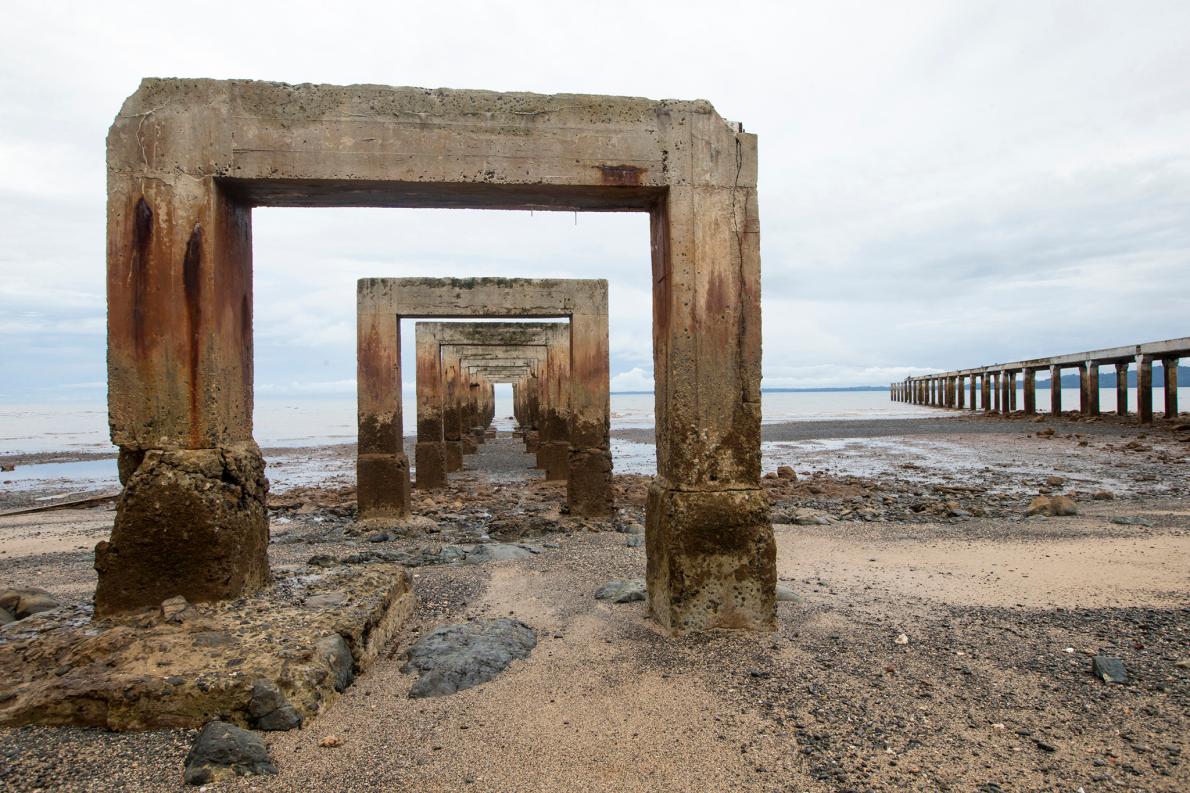This is a great National Geographic Article written by Sarah Gibens. For almost 100 years, Coíba was inhabited only by criminals and political prisoners. Now it’s one of the most biodiverse regions on the planet.
Beautiful but extremely dangerous—that’s how many Panamanians think of the island of Coíba 30 miles from their southern coast.
The largest island of the 38 islands contained in Coíba National Park, Coíba is a UNESCO World Heritage Site, and one of the most biodiverse regions on the planet. Containing just over 120,000 acres, it makes those who visit its shores feel as if they’re stepping back in time to an era when the Earth was undeveloped. In addition to the 1,450 plant species on the island, Coíba’s forests are filled with hundreds of unique animals, and pristine coral reefs lie just beyond Coíba’s beaches.
The island’s natural beauty, however, is an accidental case of conservation, attributable to the region’s dark past.

PHOTOGRAPH BY KEN PELLETIER
PRISON RUINS

